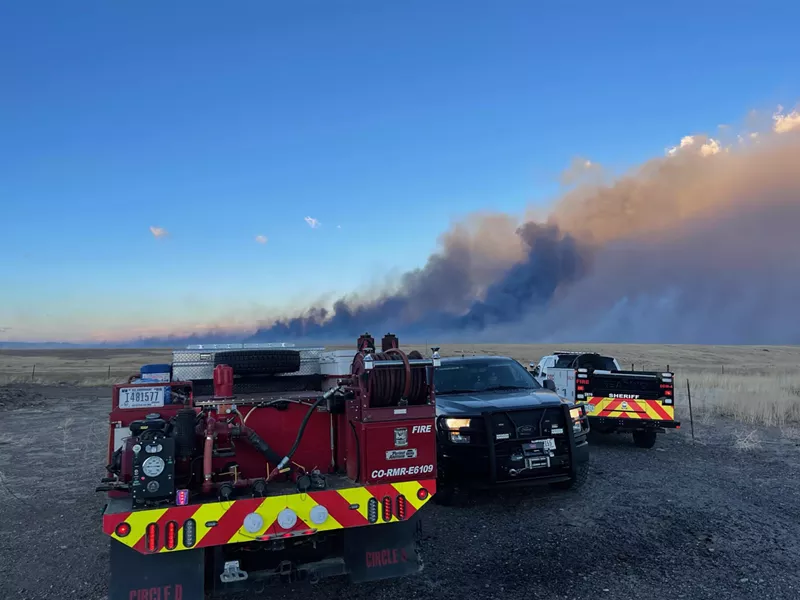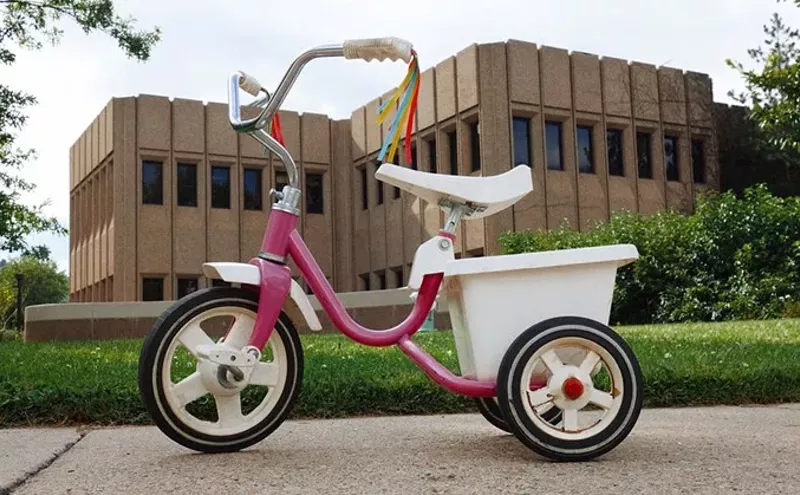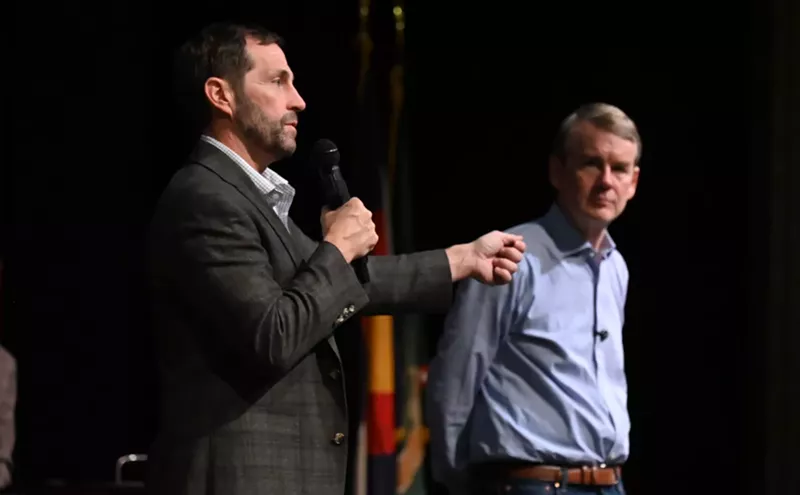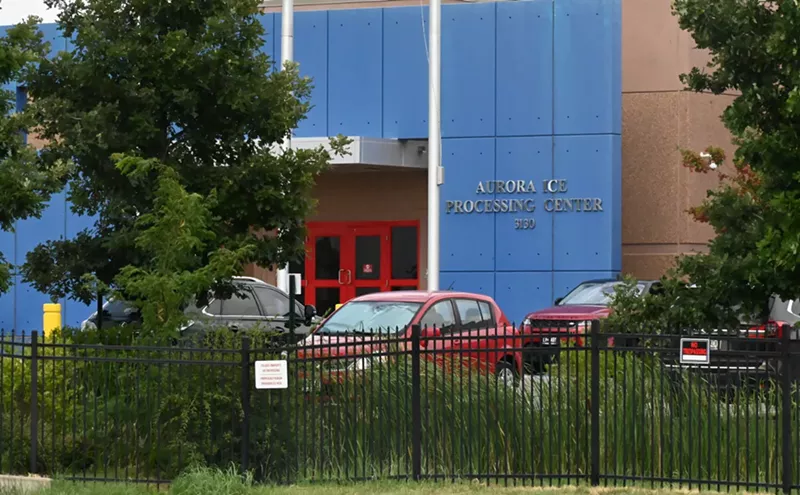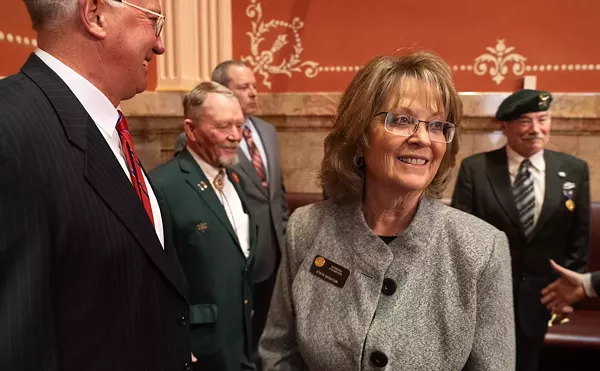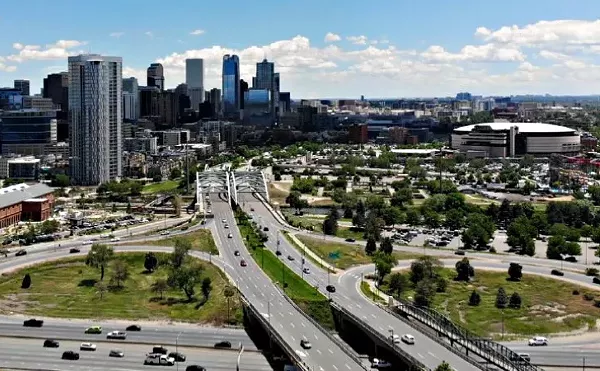Here are the ten biggest environmental stories of 2022:
Cry Me a River
The Colorado River is in crisis, and the 40 million people who live in the Colorado River Basin are at risk of losing critical water supply as a result of drought. The country’s two largest reservoirs, Lake Powell and Lake Mead, are only 26 percent full. The seven states in the basin have six months to reach a deal to save enough water to keep the system going before the Bureau of Reclamation takes over.
It’s Almost Time to Howl
More than two years after voters approved Proposition 114, which calls for reintroducing the gray wolf in the state by the end of 2023, Colorado Parks and Wildlife released the first draft of its long-anticipated Wolf Restoration and Management Plan. Starting in the winter of 2023, CPW will introduce thirty to fifty wolves captured from wild populations in the country over the next three to five years. Though there’s been much debate about how wolf reintroduction should go, most agree that the success of the project will depend on people’s tolerance of wolves.
Front Range Out of the Zone on Ozone
The Air Quality Control Commission approved a new State Implementation Plan to reduce Colorado's ozone pollution, after an April decision by the Environmental Protection Agency to downgrade the status of the northern Front Range from a serious violator of federal ozone standards to a severe violator. The area failed to bring ozone below the EPA’s 75-parts-per-billion National Ambient Air Quality Standard, which the agency established in 2008. The process to create the plan saw environmental groups and local governments unsuccessfully pushing for more control measures even after a calculation error was discovered that showed the ozone problem was much worse than originally thought.
Taking Environmental Justice to Task
The Environmental Justice Action Task Force — established in 2020 by House Bill 1266, the Environmental Justice Act — completed its legislative and regulatory policy recommendations in November. The recommendations, which will be shared with state agencies and the legislature for implementation starting in 2023, created new guidelines for community engagement and other ways to ensure that people are centered in the state's environmental policies. While the process was arduous at times, the task force ended its tenure with a celebration.
No More Fishy Rulings: South Platte Regains Protections
The Colorado Water Quality Control Commission reclassified the section of the South Platte River that runs through Commerce City and the section of Clear Creek where Coors facilities release discharges as reviewable, after demoting the stretches to use-protected in 2020. Once those segments became use-protected, entities were allowed to discharge waste without community review of permits or other proposed actions, as long as the discharges didn’t cause the South Platte to dip below minimum water-quality standards. Environmental advocates protested the decision and got their wish when the areas were returned to reviewable status, allowing no significant degradation even if water quality is above minimum standards.
Does Going Green Cost Too Much Green?
Before the Marshall fire destroyed 554 homes in Louisville at the end of December 2021, the city adopted the 2021 International Energy Conservation Code, which requires new construction to have net-zero greenhouse gas emissions. As fire victims began to try to rebuild their lives, they said that the added costs of net-zero building could force them to leave the city rather than rebuild there. Not everyone agreed, with the Geos Neighborhood showing how it can be done and the federal Inflation Reduction Act making it less costly to add solar power to homes.
Trash Talk: Denver Tries to Fix Waste Services
Denver will begin rolling out a new system for trash collection in January after city council approved an expanded waste services ordinance in 2022. Residents will choose the size of their trash can, pay between $9 and $21 a month, and get weekly recycling pickup and compost bins as part of the deal. But the Denver Auditor’s Office warned that the Solid Waste Management Division of the Denver Department of Transportation and Infrastructure lacks a strategic plan and doesn’t have the proper resources to implement the ordinance's provisions. DOTI says it isn’t wasting the chance to get things right before the city switches over.
Colorado Oil and Gas Commission adds CAPs but Doesn't Cap Drilling
The Colorado Oil and Gas Conservation Commission is in the middle of a facelift that's meant to help it focus on public health, safety, welfare, the environment and wildlife. In 2022, the first new drilling under a Comprehensive Area Plan was approved in Weld County in August. And in October, new drilling was approved between Broomfield and Erie despite Broomfield's protests. Those moves represent just some of the nearly 1,500 new oil and gas wells approved in 2022, causing environmental groups to question whether the new cumulative impact analyses are strong enough to prevent harm to people near wells.
Colorado Takes on Forever Chemicals
PFAS, harmful chemicals that stick around forever, abound in every state, and Colorado is no exception. During the juvenile products, oil and gas products, textile furnishings or upholstered furniture that contain intentionally added PFAS chemicals will no longer be allowed starting in January 2024.
Trouble at Rocky Flats
The Rocky Flats National Wildlife Refuge opened to the public four years ago, comprising much of the former Rocky Flats Nuclear Weapons Plant, which created plutonium triggers for bombs and was located sixteen miles upwind from Denver. Within the last year, the refuge has been the focus of lawsuits filed by groups including Physicians for Social Responsibility and the Rocky Mountain Peace and Justice Center, claiming that the area is not safe for humans because of continued plutonium contamination. It's also been the subject of a lawsuit between Arvada, Jefferson County and Broomfield over building a highway nearby. Concerns over PFAS also surfaced at the refuge. On the positive side, it took steps to shore up its fire-preparedness after the Marshall fire, but the refuge just can’t seem to get fully off the environmental naughty list.
The Rocky Flats National Wildlife Refuge opened to the public four years ago, comprising much of the former Rocky Flats Nuclear Weapons Plant, which created plutonium triggers for bombs and was located sixteen miles upwind from Denver. Within the last year, the refuge has been the focus of lawsuits filed by groups including Physicians for Social Responsibility and the Rocky Mountain Peace and Justice Center, claiming that the area is not safe for humans because of continued plutonium contamination. It's also been the subject of a lawsuit between Arvada, Jefferson County and Broomfield over building a highway nearby. Concerns over PFAS also surfaced at the refuge. On the positive side, it took steps to shore up its fire-preparedness after the Marshall fire, but the refuge just can’t seem to get fully off the environmental naughty list.

